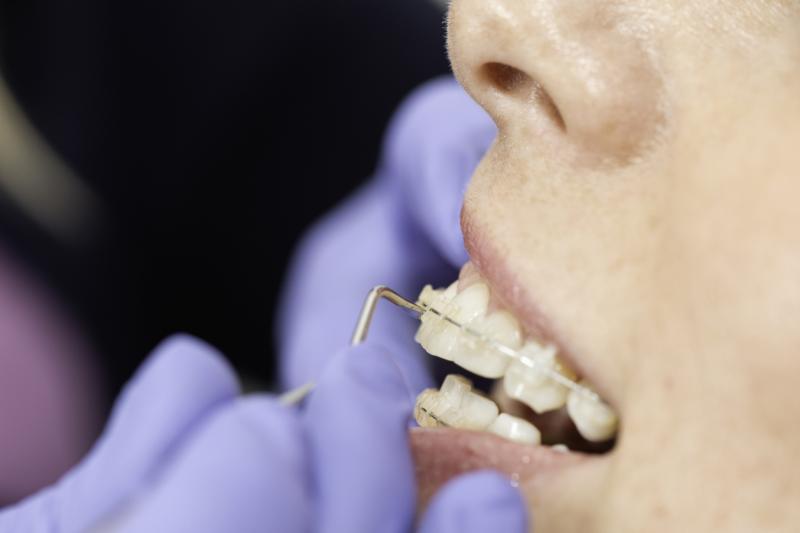How Orthodontists Tighten Braces

it comes to achieving that picture-perfect smile, braces are the most commonly used dental tool. Crooked teeth, overcrowding, and misaligned teeth can cause some to be self-conscious about their smile, while overbites, underbites, or misaligned jaws can make speaking and eating more difficult or painful. Braces aim to correct those issues, and over time, you’ll begin to notice remarkable improvements.
The journey to attaining a smile that you feel confident about and proud of is more than worth it, but it can come with its share of difficulties. Younger children, teens, and adults alike agree that braces aren’t exactly comfortable; this makes sense, given that you have metal attached to your teeth. Between rather frequent orthodontic appointments and the occasional poking wire, the day when you get your braces off could not come sooner.
Some patients also often experience discomfort following an appointment where they have their braces tightened. While professional and experienced orthodontists, such as those at Impact Orthodontics, do their best to minimize any pain, it’s ultimately inevitable that your teeth and gums will feel sore as a result of your teeth shifting and moving. But how does the tightening process even work? Let’s quickly break down how orthodontists tighten braces.

The Elements of Braces
To better understand the tightening process and how it is effective, let’s explore the main components that make up braces.
Brackets
The brackets are the part of the dental tool that are placed directly on your teeth. While brackets have traditionally been made of stainless steel, ceramic and plastic options do exist. In a way, these brackets act as pillars, connecting the rest of the elements together and ensuring each tooth is being properly manipulated.
Bands
For those needing more significant jaw movement, you may find yourself adding bands to your braces. These elastic bands are placed around the brackets and are designed to add pressure to your jaw.
Archwires
The archwire is a small rod that is inserted through each hole in the brackets, thus connecting them into a straight line. They are typically made of stainless steel, though other metals are occasionally used. Archwires are critical in the role of moving your teeth into the desired position.
Tightening Braces
The process of tightening braces is actually rather simple. First, your orthodontists will examine your teeth and mouth to ensure that the necessary movements have occurred since your last appointment. As long as everything has progressed nicely and there are no concerns, your orthodontists will proceed to tighten your braces.
When it comes to tightening, the spotlight shines on the archwire. As the archwire’s primary function is to move your teeth, it is this piece that will be affected by the tightening. As your teeth begin to move and shift, your orthodontist will swap out your old archwire for a new one every few months. Each new archwire will slowly be stronger, less elastic, and stiffer, thus allowing the orthodontist to have more control over your tooth movements. This ensures that your teeth continue to shift under pressure, rather than becoming comfortable with the strength of the current archwire.
Following Sensitivity
You may notice that your teeth are a bit sore and that eating is more difficult in the hours or days that follow. This is to be expected, as the additional pressure and strength from the replacement archwire is new to your body, and therefore hasn’t gotten used to it yet. However, the pain should be easily remedied by over-the-counter painkillers, and while your teeth will continue to relocate over the following months, the discomfort will subside in a day or two.
More to Read:
Previous Posts:





